- The new canal is 285 kilometers long (more than 100 kilometers have already been built), 100 meters wide and 8.5 meters deep
- The canal is said to be funded by the state and is scheduled for full completion in 2028
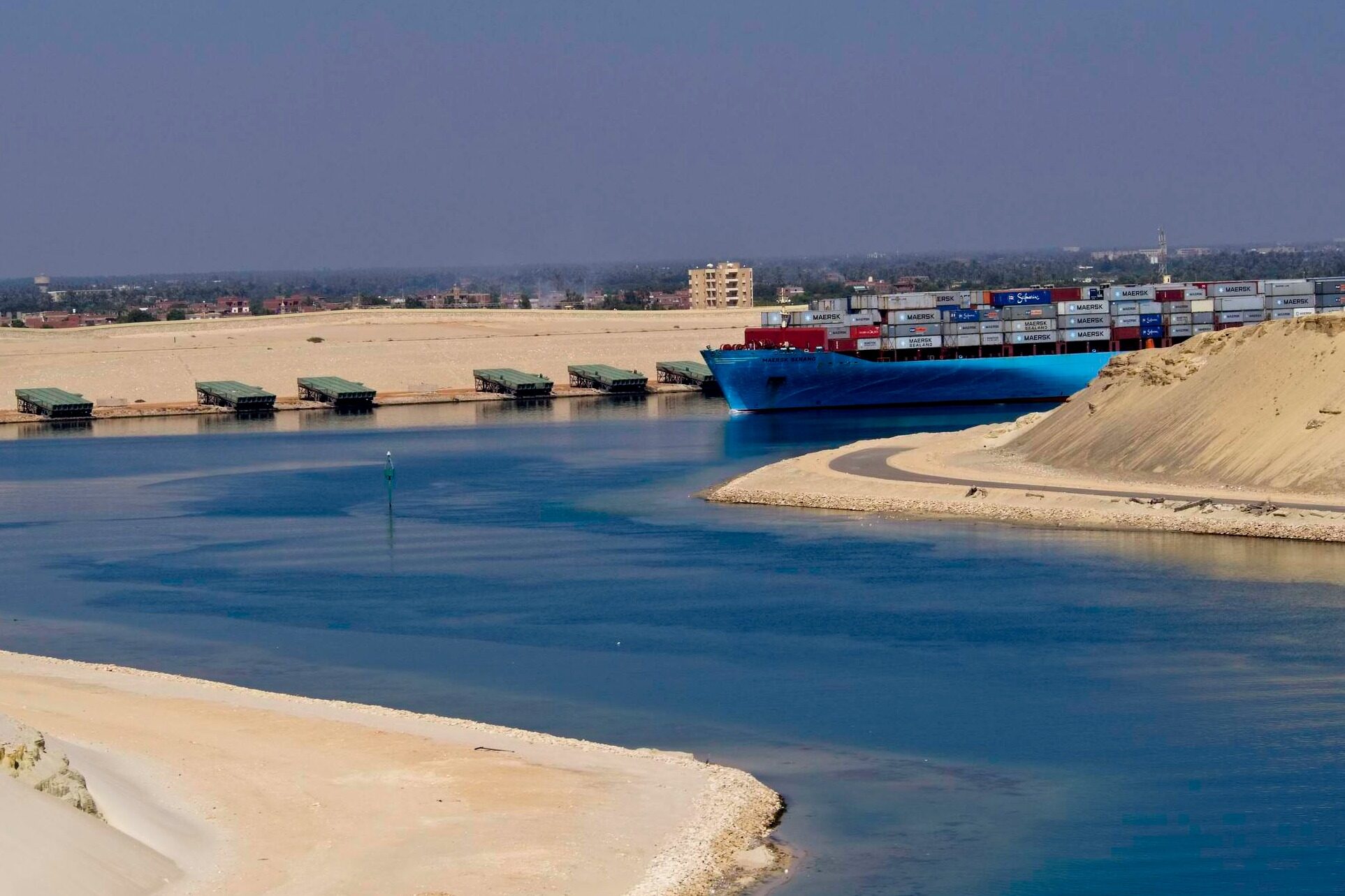
Water resource is an important pillar to support social development, and it is especially precious in Central Asia where drought is common. The Amu Darya River, known as the mother river of Central Asia, and the Syr River together form the two river basins of Central Asia. At a time when water scarcity is growing in Central Asian countries, the Kushtepa Canal being built by the Taliban in Afghanistan could make matters worse. When the canal is completed, 20 to 30 percent of the Amu Darya's water will be diverted to northern Afghanistan.
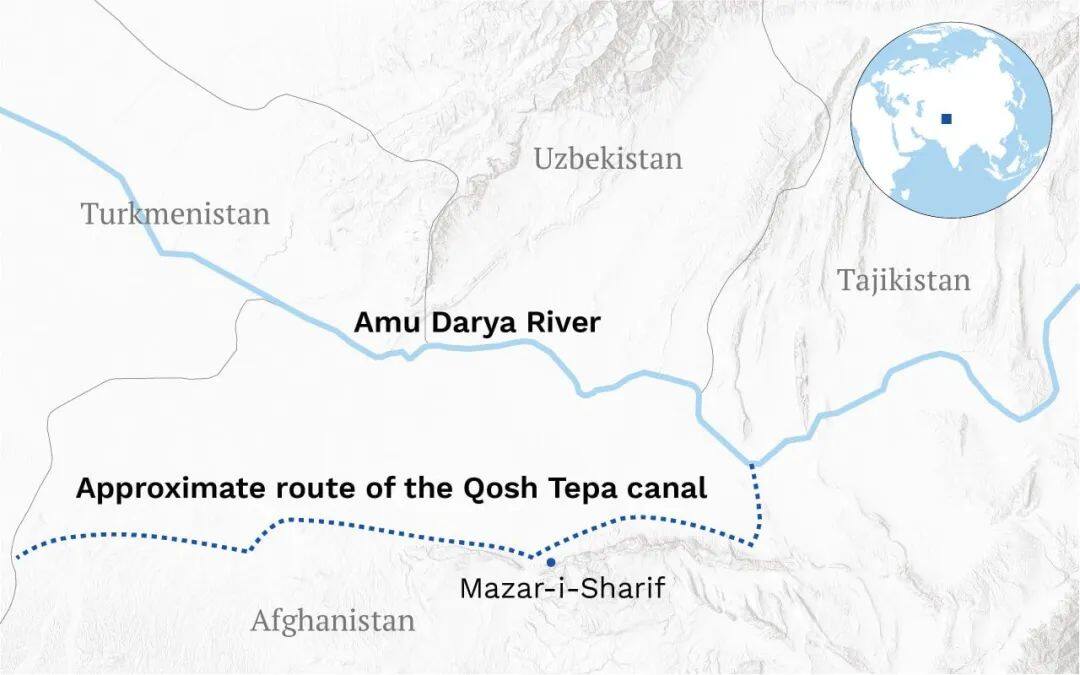
The Taliban government began construction of a large canal called Kushtepa in Balkh province in March 2022. The canal originates from the Amu Darya River in the Kardar district of Balkh Province, Afghanistan, and will divert water from the river. The canal will have a flow rate of 650 cubic meters per second.
The new canal is 285 kilometers long (more than 100 kilometers have already been built), 100 meters wide and 8.5 meters deep. The project cost is about $684 million. It is said that the construction of the canal is funded by the state and is scheduled to be fully completed in 2028, with about 6,000 workers involved in the construction of the project.
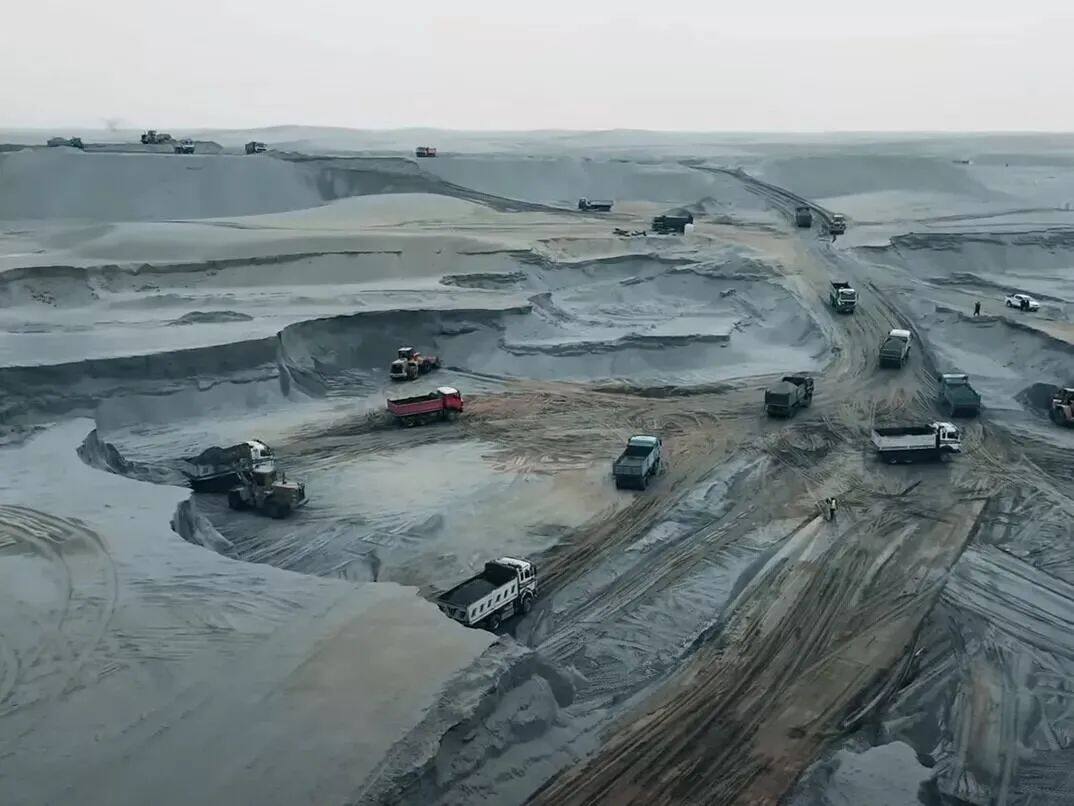
The stated objective of the construction of the canal is to irrigate 3 million jerbs of land (2,000 square meters per jerb) in the provinces of Balkh, Jozjan and Faryab, and to provide employment for 250,000 people.
Najibullah Sadid, an Afghan engineer living in Germany, expressed doubts about the Taliban's ability to manage complex projects, especially the construction of waterways and Bridges, and expressed concern that the canal beds were not paved.
In this case, most of its water is lost in the dry, sandy soil of the area, he said. Moreover, digging the canal was the easiest part of its construction. They were in a hurry. Editor/Xu Shengpeng
Comment
 Praise
Praise
 Collect
Collect
 Comment
Comment
 Search
Search


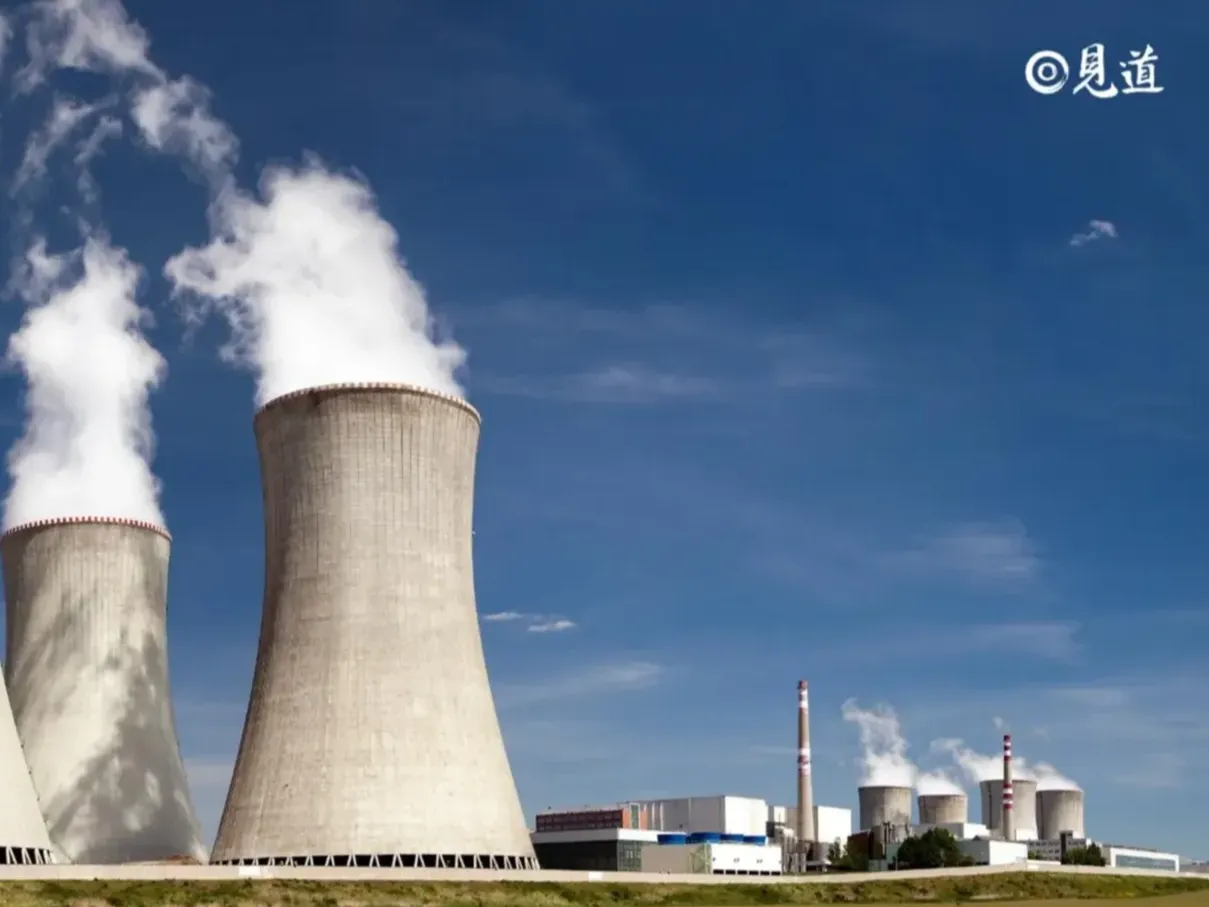

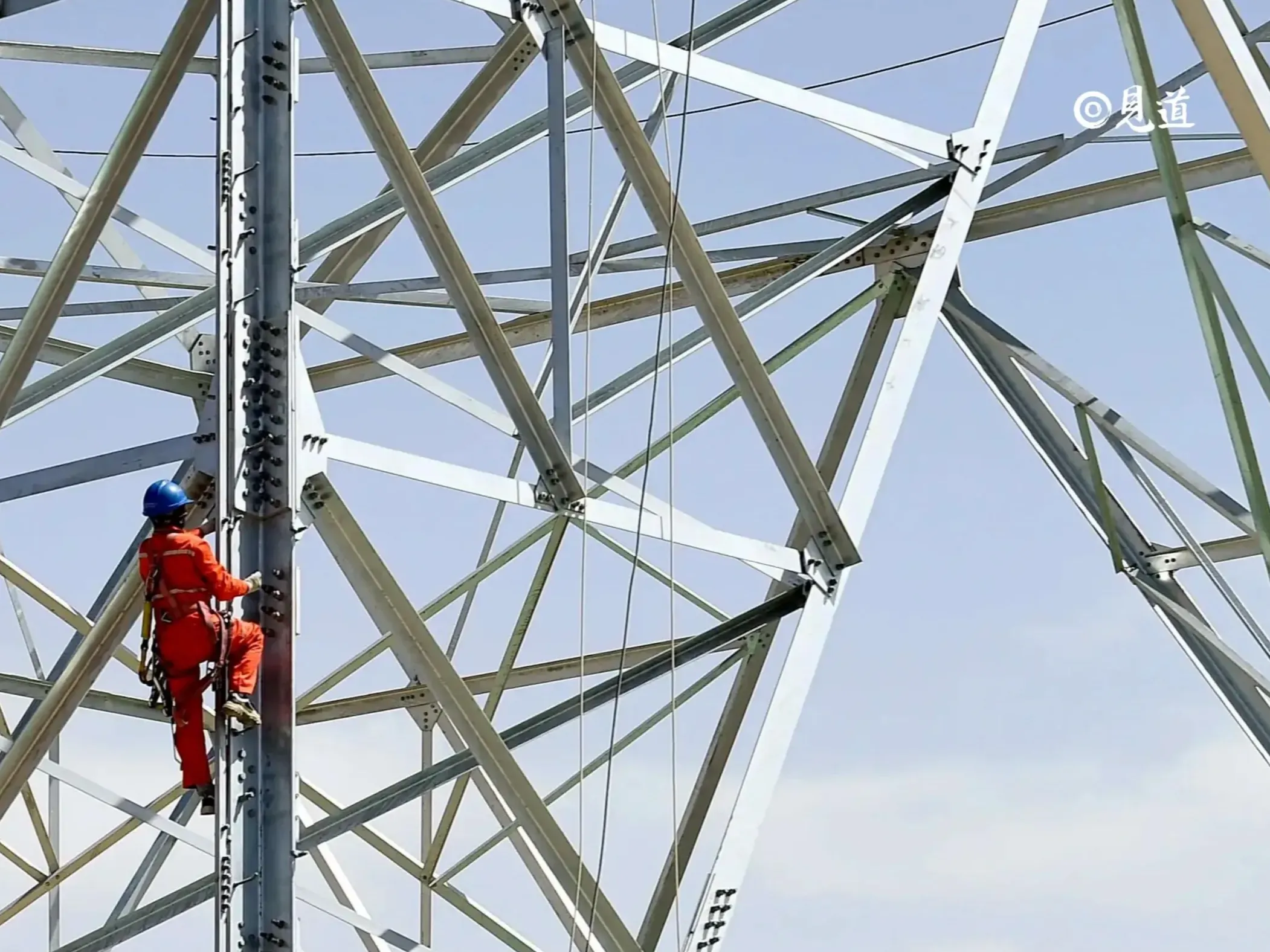
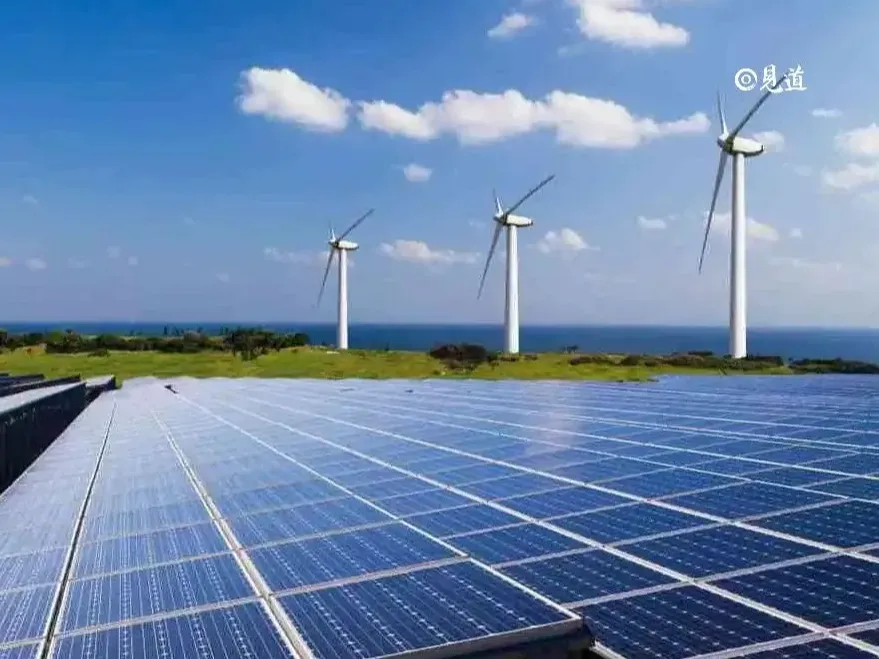
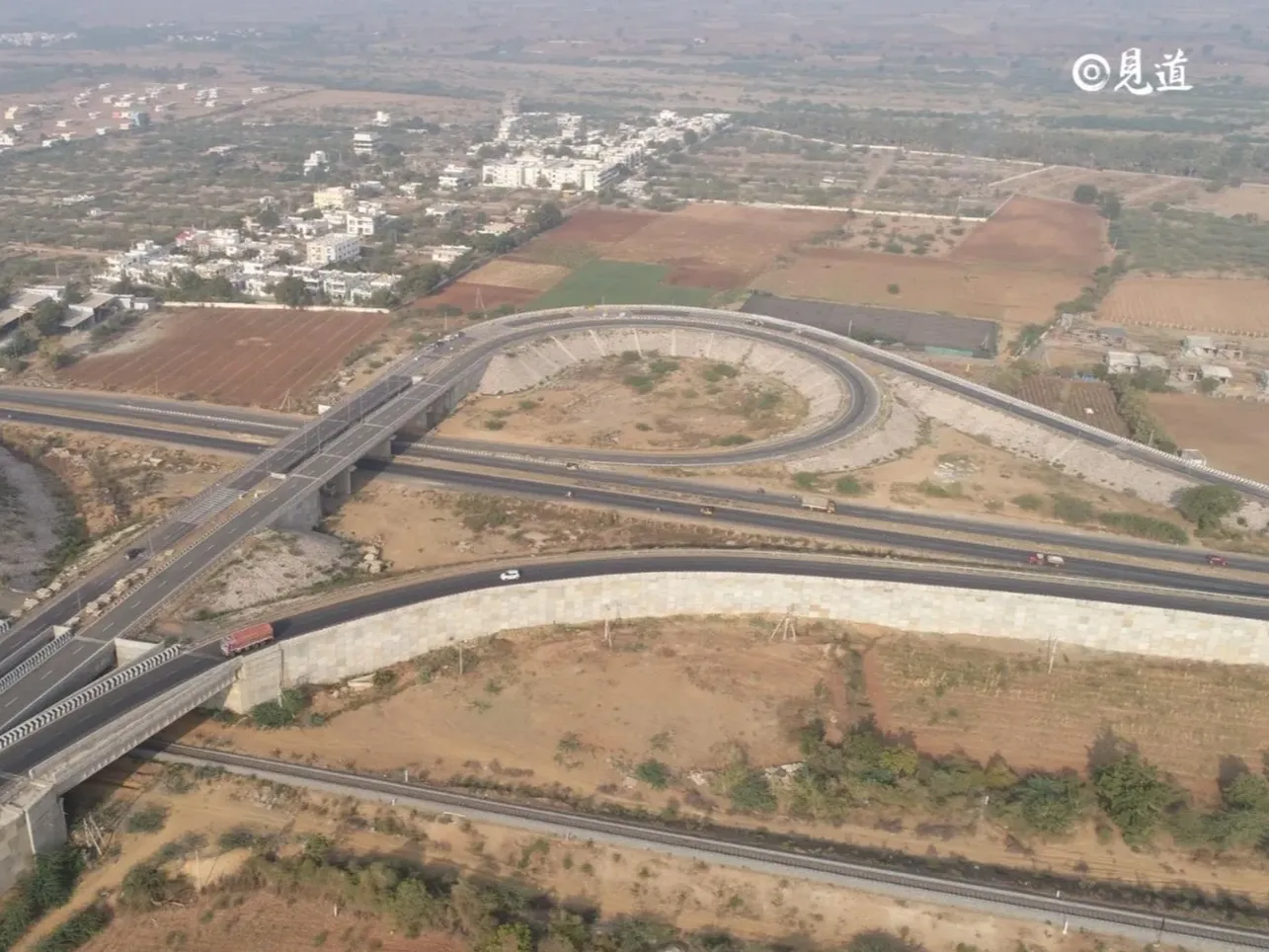
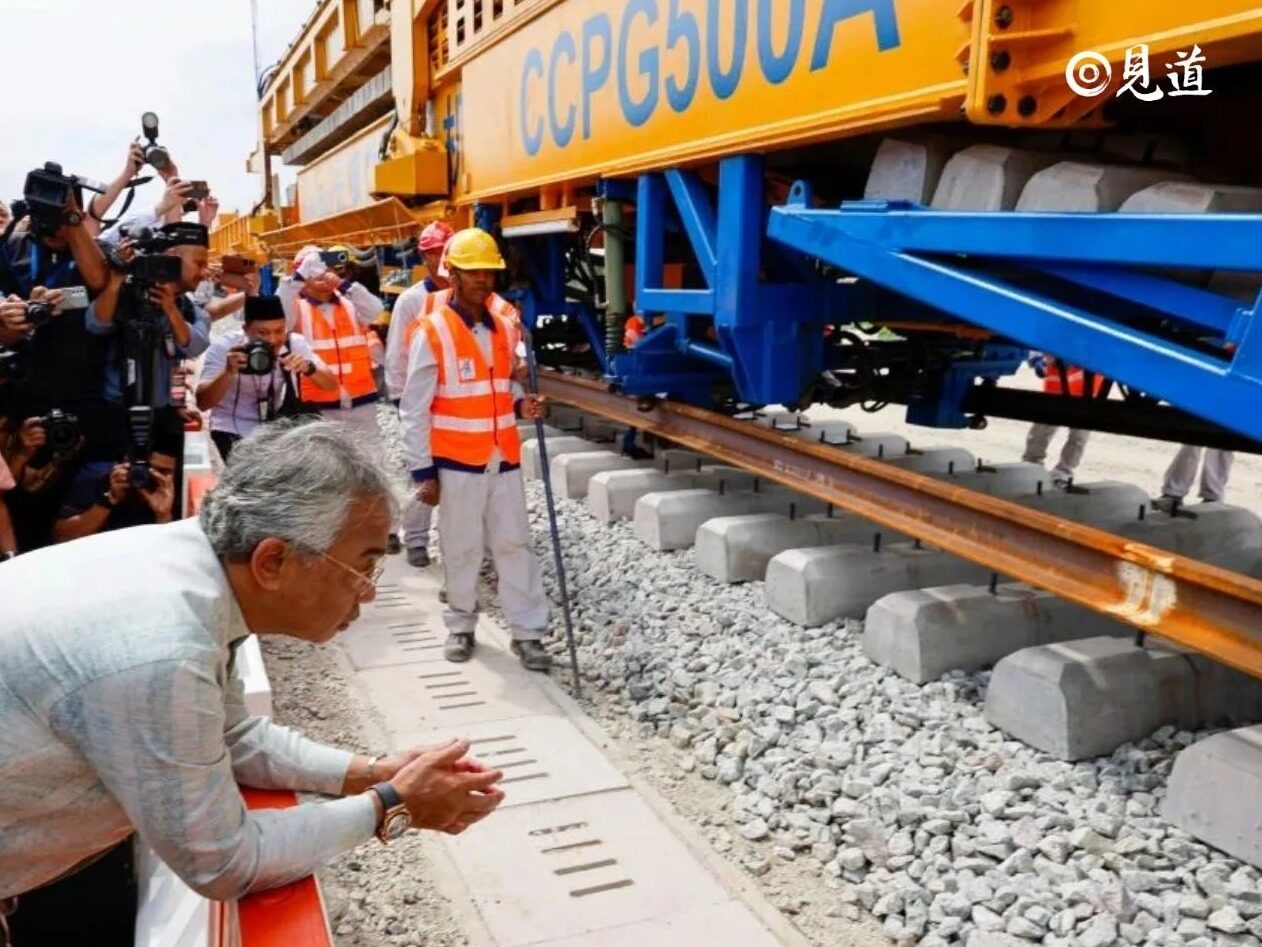






Write something~